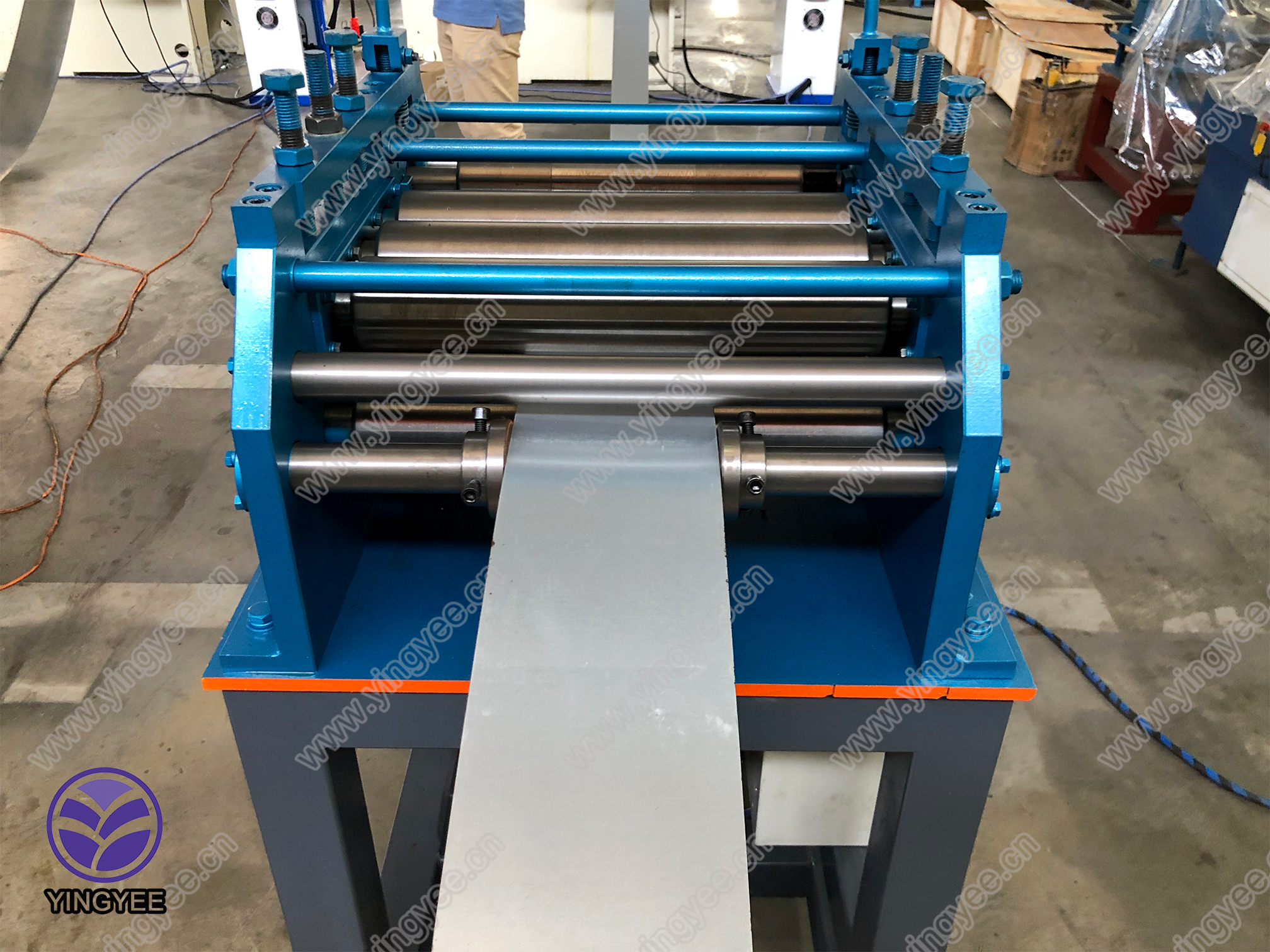
The Evolution of Metal Ceiling Systems Advances in Roll Forming Technology
In the realm of modern construction, the choice of materials and systems significantly impacts the durability, aesthetics, and functionality of buildings. One of the standout innovations in this field is the metal ceiling system, particularly those that incorporate stud and track, drywall, C-channel, main channel, and wall angle solutions. These systems have gained popularity across various sectors due to their efficient installation, corrosion resistance, and design flexibility. At the heart of these metal ceiling solutions is the roll forming machine, a critical technology that has revolutionized production processes.
Understanding Metal Ceiling Systems
Metal ceiling systems comprise several components, including studs and tracks which provide the framework for drywall installation and are essential for creating a robust ceiling structure. The C-channel and main channel elements are vital for load-bearing and managing the weight of the ceiling materials, contributing to overall ceiling integrity. Wall angles are used to connect the ceiling to the walls, offering a seamless transition that ensures aesthetic appeal and functional performance.
These components are typically made from galvanized steel or aluminum, materials known for their strength and resistance to environmental factors such as moisture and fire. This durability makes metal ceiling systems a preferred choice in diverse settings, including commercial and industrial buildings, healthcare facilities, educational institutions, and even residential projects.
The Role of Roll Forming Machines
The manufacturing of metal ceiling systems relies heavily on advanced roll forming technology. Roll forming machines are engineered to produce long lengths of metal shapes through a continuous bending process. This method involves feeding a metal strip through a series of rollers, where each roller progressively shapes the metal into the desired profile. This process enables the creation of complex shapes such as C-channels, U-channels, Z-sections, and various other components that make up a metal ceiling system.
One of the key advantages of roll forming is its efficiency. The process allows for the mass production of metal components with minimal waste, as excess material is often reduced or recycled during production. Additionally, because the roll forming method can operate at high speeds, it significantly cuts down on manufacturing lead times. This is crucial in the construction industry, where timelines are often tight.

Customization and Flexibility
Another significant benefit of employing roll forming technology in the production of metal ceiling systems is the ability to customize designs. Manufacturers can easily adjust their machinery to produce specific profiles that meet the unique requirements of a project. This customization extends to both the shape and dimensions of the components, empowering architects and builders to realize their design visions without compromise.
Moreover, the versatility of roll forming machines allows for the addition of features such as ridges, flanges, and holes, which further enhance the utility of the metal components. This adaptability not only caters to aesthetic preferences but also accommodates various functional requirements, such as wiring paths or ventilation.
Sustainability in Construction
As sustainability becomes increasingly important in the construction industry, metal ceiling systems produced via roll forming offer an eco-friendly alternative. Metal components are often recyclable, and the efficiency of the roll forming process minimizes the carbon footprint associated with production. By using materials that are both long-lasting and reusable, builders contribute to a more sustainable approach to construction.
Conclusion
In conclusion, metal ceiling systems that utilize studs, tracks, drywall, C-channels, main channels, and wall angles represent a forward-thinking solution in modern construction. The evolution of roll forming technology has played a pivotal role in this development, enabling efficient, customizable, and sustainable production of essential building components. As construction practices continue to evolve, the integration of advanced manufacturing processes like roll forming will undoubtedly lead to even more innovative solutions that enhance the effectiveness and sustainability of our built environment. With these advancements, the possibilities for design and functionality in metal ceiling systems are virtually limitless, paving the way for a new era in construction.